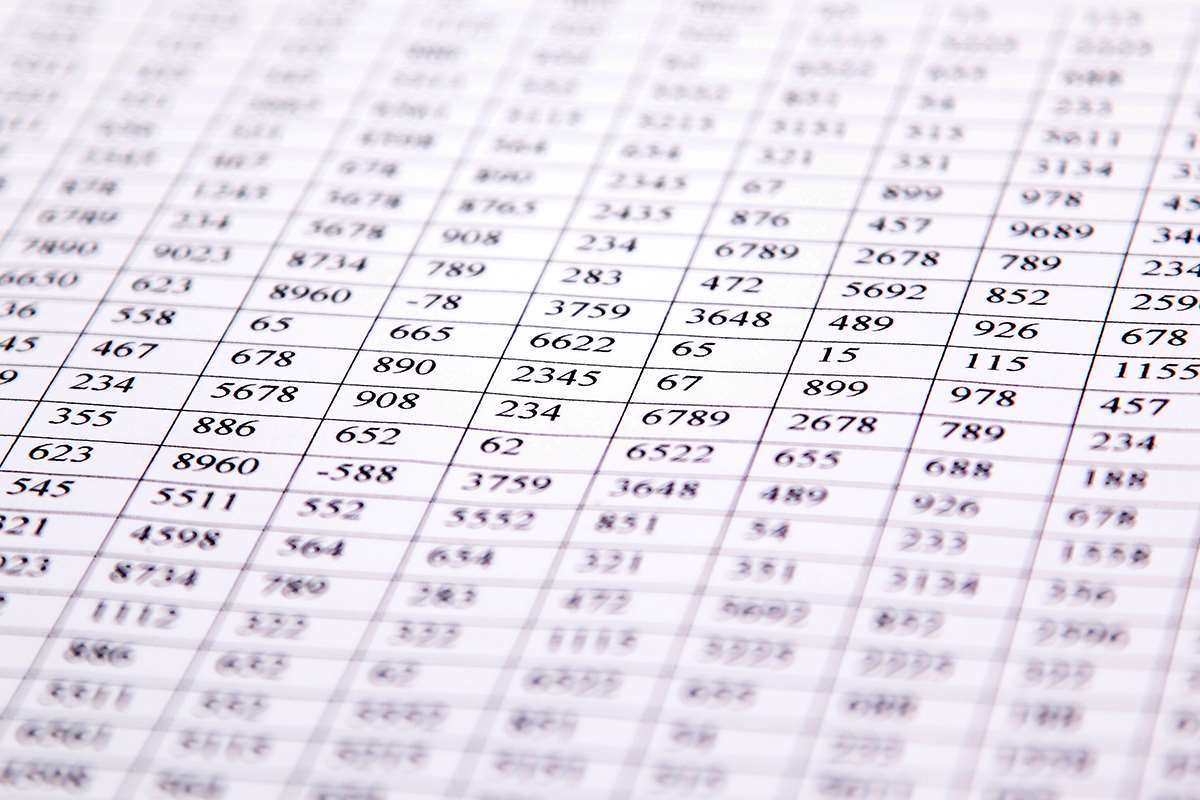
In addition, knowing and managing capacity costs provides a key advantage for companies looking to improve their financial decision-making processes. Period costs, also known as operating expenses, are expenses that are not directly tied to the production of goods or services. Instead, these costs are added over time and charged during a specific accounting period. Period costs are subtracted from the company’s revenue in the period in which they are charged rather than being recorded and allocated to the cost of goods sold (COGS) or inventory. Reporting period costs are based on the revenue for which they are incurred and the accrual for a specific accounting period. These expenses are charged to the statement of profit & loss and are not directly related to production.
- In other words, they are expensed in the period incurred and appear on the income statement.
- Imagine your favorite bakery – the cost of flour, sugar, and the baker’s time to make those croissants you’re so fond of.
- If the amount produced increases, the fixed cost per item decreases, and vice versa.
- Moreover, for a three-year holding period, management fees represent a much larger proportion of holding costs (0.55%), excluding the compounding effect.
- Product costs help you set these prices, ensuring you cover all the expenses and have some left for profit.
- For example, a substantial increase in advertising expenditure in a particular quarter will decrease the net income for that quarter, even if the benefits of the advertising campaign are long-term.
How Barcode Inventory Software Can Reduce Inventory Shrinkage

The variable costing calculator can be used by following the steps as discussed below. The financial advisor advises them to take a loan from a recognized financial institution as they would charge a lower interest rate. It was estimated that a rate of 10% would be required to pay $5.4 million annually (simple interest rule) and which they could capitalize on in the initial year. Then in upcoming years, they need to take the interest expense to profit and loss statement. This shift is also driven by the need to fill roles that U.S.-based workers alone can no longer meet.
What’s the difference between product costs and period costs?
- This necessitates a thorough analysis of both direct and indirect expenses to determine the minimum price at which a product can be sold without incurring a loss.
- Examples of Period Costs include salaries and wages, rent, utilities, marketing expenses, and depreciation.
- Straight-line depreciation, declining balance depreciation, and units of production depreciation are common methods used to calculate depreciation expense.
- Weighted-average costing mixes current period expenses with the costs from prior periods in the beginning inventory.
Period Costs are typically classified as selling, general, and administrative expenses (SG&A) on the income statement. Examples include salaries and wages, rent, utilities, marketing expenses, and depreciation. Analyzing trends in Period Costs allows stakeholders to identify cost-saving opportunities, assess cost recording transactions management effectiveness, and evaluate overall financial performance. Businesses and accountants do not utilize a standardized approach or formula to compute period costs.

Product cost vs period cost:
Advertising expense is also continually incurred from period to period which means it is not based on a one-time transaction. Many managers and investors prefer to use Bakery Accounting net present value (NPV) as a tool for making investment decisions for this reason. The NPV is the difference between the present value of cash coming in and the current value of cash going out over a period. Forinstance, if you are in month 4 of a project, you would calculate thepoint-in-time cost variance of that period by using the actual cost (AC) andearned value (EV) of the 4th month only. Cost Variance (CV) is an indicator of the difference between earned value and actual costs in a project. It is a measure of the variance analysis technique which is a part of the earned value management methodology (EVM; source).

How to Calculate Cost of Goods Sold (COGS)

Period costs are not incurred during the manufacturing process and cannot be assigned to cost goods manufactured. They contain both fixed and variable components, making it difficult to predict their total cost. Period Costs directly affect a company’s profitability by reducing net income on the income statement. Print advertising expenses include costs related to placing advertisements in newspapers, magazines, trade publications, and direct mail campaigns. These costs are typically expensed in the period they are incurred, rather than capitalized and depreciated over time. Resources consumed to provide or maintain the organization’s capacity to produce or sell are capacity costs or supportive overheads.
Branding and design expenses are for branding activities, logo design, packaging design, and what are period costs brand identity development to create a consistent and memorable brand image. Access and download collection of free Templates to help power your productivity and performance. CFI is the global institution behind the financial modeling and valuation analyst FMVA® Designation.
No Responses